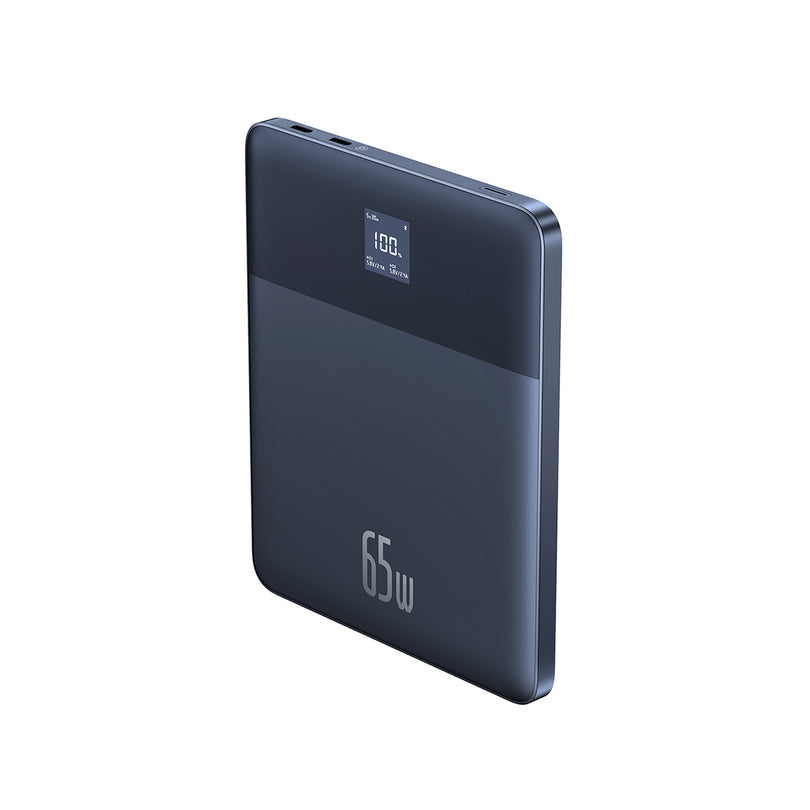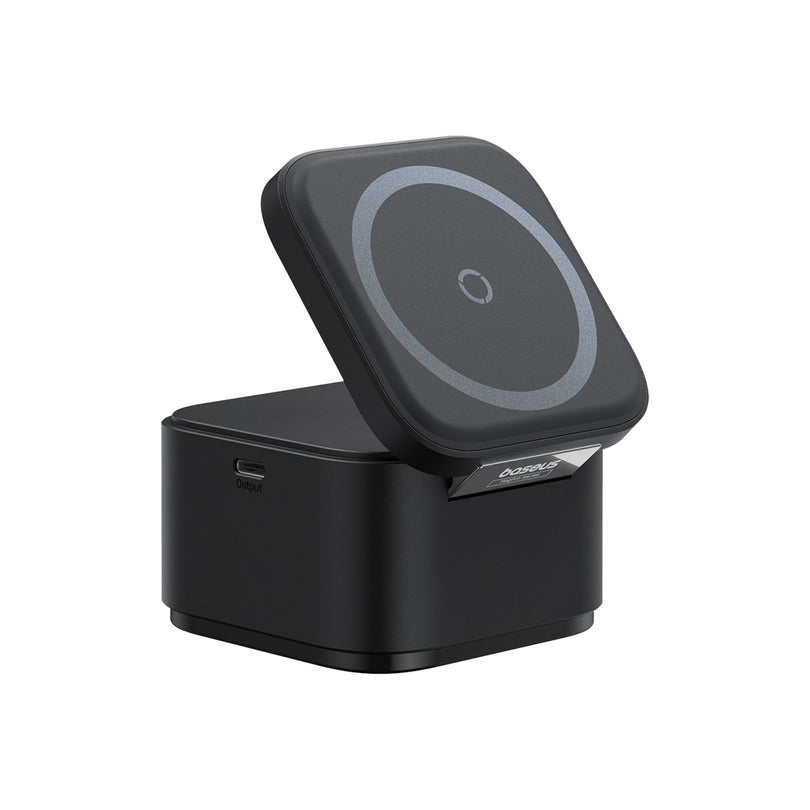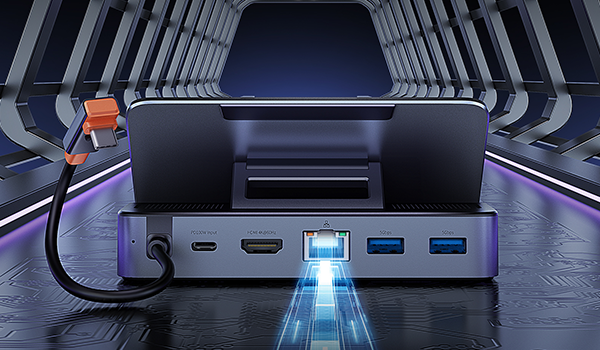Everyone has felt that sense of horror set in as their battery level hits 10%. What if there’s an emergency and I can't call anyone? How will I navigate in a strange city without my GPS? How will I upload those documents for work if my laptop is dead?
With a portable power station, you aren’t limited by your proximity to an electrical outlet. Created for easy charging on the go, these devices open a world of convenience that few can live without.
But what is a portable power station? And how does a portable power station work? Read on to learn about these clever and convenient devices, and explore how to choose the best one for your power needs and budget.
What Is a Power Station?
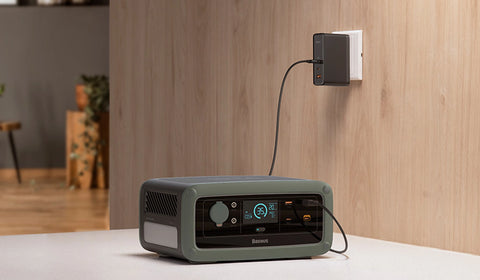
A power station is a facility that generates electricity on a large scale. It typically uses a primary energy source such as coal, natural gas, nuclear fuel, or renewable sources like wind, solar, or hydroelectric power to produce electricity. The electricity is then transmitted through a network of power lines to homes, businesses, and other consumers.
Power stations can range in size from small generators that provide backup power to individual buildings, to large utility-scale power plants that can generate thousands of megawatts of electricity. They often include multiple generators and transformers to convert the electricity into a form that can be distributed efficiently.
Power stations can be classified into different types based on the type of fuel used, such as thermal power stations (coal, gas, oil), nuclear power stations, or renewable energy power stations (wind, solar, hydroelectric, geothermal). They are essential to meeting the energy demands of modern society and provide the electricity that powers your home, business, grocery store, and more.
Portable power stations are small-scale energy producers that allow you to charge your devices on the go. They store energy the same way full-scale power stations do, but they remove the hassle of transporting the power over long distances and travel with you instead.
What Is a Portable Power Station?

A portable power station is a device that stores energy in a rechargeable battery. You can use a portable power station as a source of power when you don't have access to a traditional electrical outlet.
Portable power stations are designed to be compact and easy to transport, making them ideal for outdoor activities, camping trips, or emergency situations where electricity is not readily available.
These power stations typically have multiple output ports, such as AC outlets, USB ports, and DC outlets. This means they can be used to power various devices, including smartphones, laptops, lights, fans, and small appliances.
Depending on the model, you can charge your portable power station via a wall outlet, solar panels, or a car charger.
How Is Electricity Generated in a Portable Power Station?
Portable power stations use rechargeable batteries to store energy. The battery is usually made up of one or more lithium-ion cells, which are commonly found in other portable electronic devices such as smartphones and laptops.
How to Use a Portable Power Station
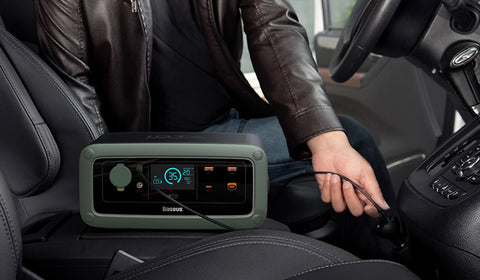
Using a portable power station is simple when you have the right connectors. Start by charging the device fully before switching it on. This puts the USD, Type-C, or DC ports into standby mode. Now you can insert the correct cable for the outlet the device you'd like to charge and begin charging!
The screen on your power station will typically display four numbers, which tell you the following information:
- the current total output power
- the current temperature of the device
- the remaining battery level
- how much longer the device can run with the current power output.
Understanding charger specifications is essential when dealing with electrical equipment. We dive deeper into these parameters below.
Key Factors to Consider When Choosing a Portable Power Station
Portable power stations vary in terms of capacity, size, power output, and more. The type of power station you choose depends on your power needs and the activities you plan to use it for.
When choosing a portable power station to meet your needs, take the following considerations into mind:
1. Capacity
Capacity is one of the main measures of the performance of a portable power station. It refers to the amount of energy the station can store or produce. Capacity is measured in watt-hours (Wh) or kilowatt-hours (kWh). This measurement tells you how much power the station can supply for a given length of time. A higher capacity means a bigger amount of stored power.
For example, a battery with a capacity of 1,000 Wh can store 1,000 watts of power for one hour, 100 watts for ten hours, and so on.
2. Power Output
Power output is the second main measure of the performance of a portable power station. It refers to the speed at which the station supplies power. Power output is measured in watts (W) or kilowatts (kW). This measurement tells you how much power the station can supply at any given moment. Having a higher power output means the station can provide energy to more items at once and charge at a faster rate.
For example, a battery with a power output of 10,000 W can supply 10,000 watts of power at any given moment.
3. Solar Charging
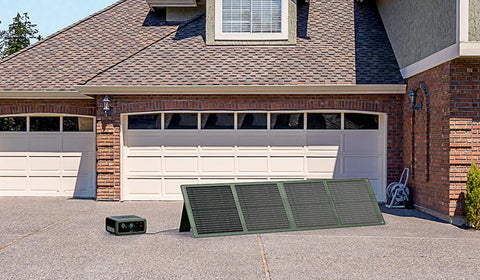
Solar charging portable power stations convert sunlight into stored electrical energy. Most solar charging power stations also have the ability to charge via a traditional electrical outlet. This ensures you can charge your station even on cloudy days.
Solar charging power stations are great for outdoor activities or emergency situations where access to traditional power sources may be limited. They provide a reliable and sustainable source of power that is environmentally friendly and helps you to reduce your carbon footprint. Depending on their power output, they can be used to power a variety of devices, from small electronics to larger appliances.
What Is an Electric Portable Power Station?
Electric portable power stations are powered by electricity. This can come from wall outlets or solar panels. Electric portable power stations are an alternative to gasoline or diesel-powered generators and offer a more reliable and quieter source of power.
What Is a Hybrid Portable Power Station?
Hybrid power stations can be charged via a wall outlet or a solar panel. They offer the flexibility to charge the battery using different sources of power.
4. Expansion Batteries
Expansion batteries are additional batteries that can be added to your portable power station to increase its overall capacity and run time. They work by connecting to the power station via a special connector and drawing power from the power station's internal battery to charge themselves.
The main benefit of expansion batteries is that they allow you to increase the amount of energy storage available without having to purchase a new power station. This can be particularly useful for those who need to power larger devices or for longer periods of time.
Expansion batteries come in a variety of sizes and capacities, and the compatibility and availability of expansion batteries can vary depending on the specific brand and model of the portable power station. It is important to check the manufacturer's specifications to ensure that the expansion battery you choose is compatible with your power station.
5. Weight and Portability
The weight of a power station is typically determined by the size of its battery and the components needed to support its electrical output and charging capabilities. Generally speaking, larger capacity power stations tend to be heavier and less portable than smaller capacity ones.
Most portable power stations are designed to be easily carried by hand, with features such as built-in handles or carrying cases to make transportation easier. Some models may also feature wheels or other accessories to make them easier to move around.
6. Additional Features
Many portable power stations include additional features. These can increase the power output, improve the usability of the power station, or increase the charging potential of the station.
Here are some of the most common additional features:
- Inverter upgrades: Upgraded inverters allow for higher power output or more efficient energy conversion.
- App, Bluetooth, or Wi-Fi connectivity: A smartphone app and built-in Bluetooth or Wi-Fi connectivity allows you to monitor and control the power station.
- LED lights: Built-in LED lights can be useful for illuminating a camping site or other outdoor area.
- Multiple charging ports: Having several USB or AC outlets allows you to charge and power multiple devices simultaneously.
- Car charging adapter: a car charging adapter allows you to charge the power station using your car's cigarette lighter.

7. Budget
In general, the larger the power station, the more expensive it is. Choosing a portable power station comes down to a balance of affordability and your power needs. Consider your power needs and required features before researching the market and finding potential options.
The Baseus ioTa 420W Portable Power Station has a capacity of 90000mAh, a power output of 420W, several charging ports, and only weighs 8 pounds. This is a great introductory portable power station that will last you for years to come.
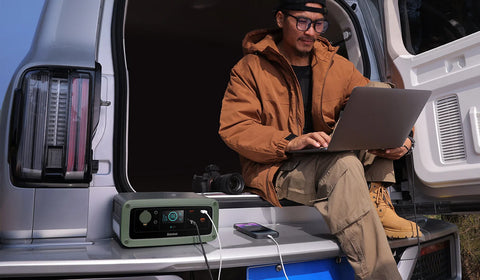
Fulfill Your Power Needs With Baseus
At this point, if someone asks you, “What is a portable power station?” You should be able to answer with confidence.
Here at Baseus, we pride ourselves on providing efficient, convenient, and safe power solutions for the whole family. From mini portable phone chargers to large portable power stations, we have what you need to keep your electronics running.
If you’d like to learn more about our range of charging products, phone accessories, or lighting products, visit our power station products page today and enjoy free shipping for all power stations. United States/English
United States/English



